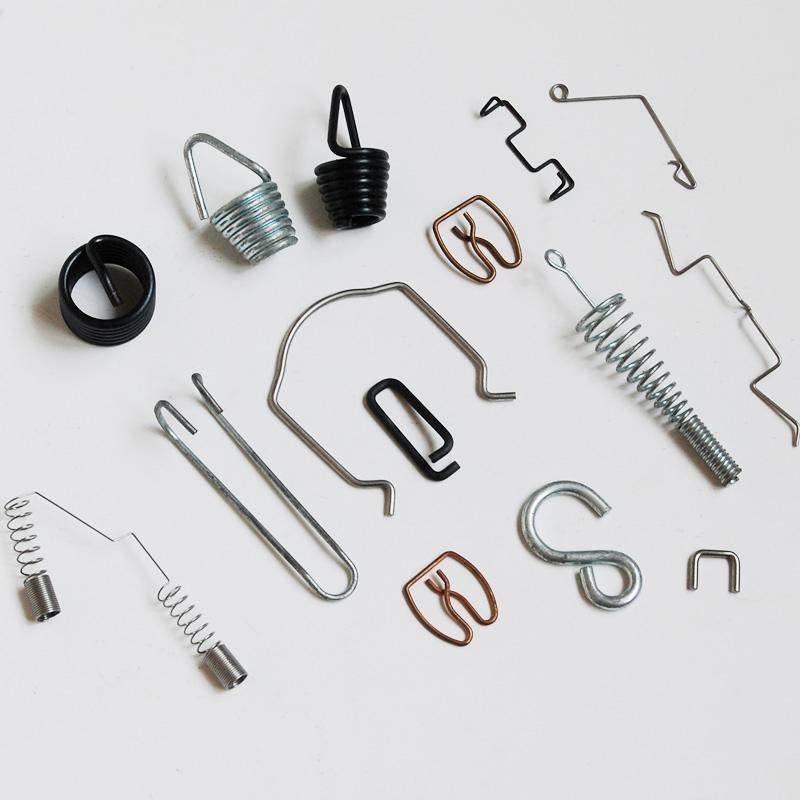
- Mobile Phone
- +8613931874955
- sales@cntcmetal.com
High-Quality Wire Compression Springs | Custom Solutions Available
Understanding Wire Compression Springs A Comprehensive Overview
Wire compression springs are crucial components widely used in various mechanical applications due to their unique ability to store and release energy efficiently. These springs are typically made from high-strength wire that is coiled into a helical shape, allowing them to effectively compress when a load is applied. Their design and functionality make them essential in countless industries, ranging from automotive to aerospace, and consumer electronics to medical devices.
Key Features and Design
The primary feature of wire compression springs is their ability to compress under axial loads and return to their original shape once the load is removed. This property is governed by Hooke’s Law, which states that the force exerted by a spring is directly proportional to its displacement. The essential parameters that define a wire compression spring include its wire diameter, coil diameter, number of active coils, and free length. These factors can be tailored to meet specific performance requirements based on the application.
Wire compression springs come in various materials, with common choices being music wire, stainless steel, and oil-tempered wire. The choice of material is critical, as it impacts the spring's fatigue life, corrosion resistance, and overall performance in specific environments. For example, stainless steel is often preferred in applications that require resistance to rust and moisture, while oil-tempered wire is commonly used for applications demanding higher load capacities.
Applications in Different Industries
wire compression springs

In the automotive industry, wire compression springs play a vital role in shock absorbers, clutches, and various suspension systems, helping to improve vehicle performance and passenger comfort. In consumer electronics, they are found in devices like remote controls and keyboards, where they provide tactile feedback and return functionality. The medical field also benefits from these springs, with applications in surgical instruments and medical devices, ensuring reliability and precision in critical situations.
Manufacturing Processes
The manufacturing of wire compression springs involves several techniques, including coiling, heat treatment, and surface finishing. The coiling process often employs computerized numerical control (CNC) machines to ensure accuracy and consistency. After coiling, the springs typically undergo heat treatment to enhance their strength and elasticity. Surface finishing processes such as shot peening or coating can further improve the spring’s performance by increasing fatigue resistance and reducing wear.
Conclusion
Wire compression springs are versatile components that play a significant role in various applications across multiple industries. Their ability to absorb and release energy efficiently makes them indispensable in modern engineering. As technology advances, so too will the design and manufacturing of these springs, leading to innovations that enhance their performance and expand their applications. Understanding the intricacies of wire compression springs can lead to better design choices, ensuring safety, efficiency, and longevity in the products they help create.
share:
-
Your Source for Concrete Wall Ties and Masonry AccessoriesNewsJul.10,2025
-
Unlocking the Power of Iron Wire for Every ProjectNewsJul.10,2025
-
Explore Advanced Chain Wire and Stainless Steel Mesh FencingNewsJul.10,2025
-
Discover the Benefits of Annealed Wire ProductsNewsJul.10,2025
-
Discover China Stainless Steel Wire Mesh SolutionsNewsJul.10,2025
-
Build with Confidence Using High-Performance Masonry AccessoriesNewsJul.10,2025
-
Why Sacrificial Formwork Is Redefining Underground ConstructionNewsJun.06,2025



















